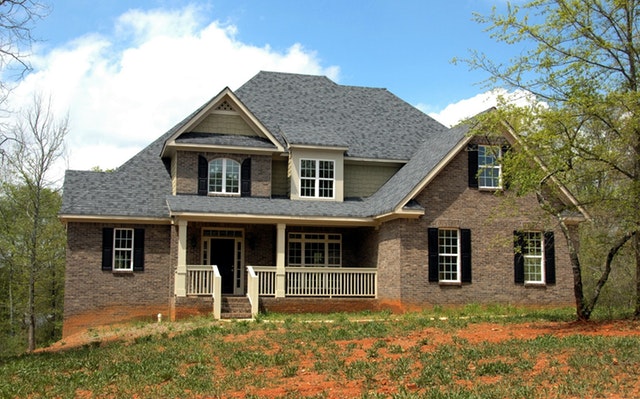 There is a joke about gated communities that says the walls are not just there to keep the people out but to keep the residents in. Living in a gated community that is subject to the rules of a homeowners’ association (HOA) can be a pleasant or a severely irritating experience, depending on the perspective a homeowner has about lifestyles.
There is a joke about gated communities that says the walls are not just there to keep the people out but to keep the residents in. Living in a gated community that is subject to the rules of a homeowners’ association (HOA) can be a pleasant or a severely irritating experience, depending on the perspective a homeowner has about lifestyles.
The Good, Bad, And Ugly About CC&Rs
Gated and master-planned communities may have an HOA and also may have covenants, conditions, and restrictions (CC&Rs) that are part of the property rights (or lack thereof) that a home buyer accepts when they buy a property in those neighborhoods.
The developer records a registered copy of the CC&Rs with the county where the development is. Every homeowner is subject to the rules found in the official CC&Rs. A copy of the CC&Rs may look like an old-style telephone book with hundreds of pages.
Prospective home buyers should force themselves to take the time to read the entire CC&Rs extremely carefully. This may take many nights to read because reading the CC&Rs may put a person to sleep. However, failure to read them can cause serious problems in the future and extremely stressful levels of frustration.
What Can Be In The CC&Rs?
It is not surprising to see in the CC&Rs rules that prohibit a homeowner from filling the front yard with broken-down cars or having a pig farm on the property. In a nice, gated, community nobody wants to see a neighbor’s property in that condition. The benefit of having reasonable CC&Rs is that homes, which are eyesores, because the people do not maintain them properly, are prohibited.
So far, so good. However, what about when the CC&Rs state the maximum measurement of grass before cutting it is 1.25 inches. That is an odd number to use as a measurement standard but don’t be surprised to see stuff like this in the CC&Rs. In such a neighborhood, you can be cited for a grass height violation. It may seem funny to see the enforcers in the front yard measuring the grass with a ruler until a homeowner gets a fine for a violation. This is just a simple example of the many rules potentially found in the CC&Rs that are very easy to violate.
Want to put up lighted holiday decorations? Check the CC&Rs because it may not even be allowed to put a wreath on the front door.
Think it would be a nice idea to repaint the exterior of the house? Check the CC&Rs first because there are usually severe color restrictions. If the paint is one shade lighter or darker than an approved color, this may cause the need to redo the entire paint job.
Conclusion
Personal taste differs significantly between people. When buying a home subject to CC&Rs, be sure to read them carefully and be able to live with all the details. Otherwise, a homeowner may find it really frustrating to live in a neighborhood with so many controls over personal freedom and choice.
If you are in the market for a new home or interested in refinancing your current property, be sure to contact your trusted home mortgage professional to discuss your current financing options.
 The rapidly rising home prices currently found in many parts of the United States make it seem like the Great Recession of 2008 never happened. It took approximately eight years for home prices to recover the values that were equivalent to those they had before the recession.
The rapidly rising home prices currently found in many parts of the United States make it seem like the Great Recession of 2008 never happened. It took approximately eight years for home prices to recover the values that were equivalent to those they had before the recession.